Migrating great blue herons arrive in New England as early as the latter part of March, where they join the small population of great blues that overwinter here.
The most common place to find great blue herons is at the edge of a wetland, where they will stand stock-still, tracking the movements of fish and frogs and waiting for the perfect moment to strike.
Once a rare sight in the northeast US due to hunting pressure and pollution, great blue herons have staged a staggering comeback in the past few decades. Now, these statuesque wading birds can be seen at ponds, lakes, and rivers of all sizes, often in surprisingly urban areas.
Great blue herons are something of a “fan favorite” for many folks, with their graceful movement and ubiquity at bodies of water across the state. Have you spotted any herons already returned to their nesting sites? Learn more about great blue herons on our website.
Here are five fantastic photos of great blues from our annual Picture This: Your Great Outdoors photo contest. Submissions for the 2018 photo contest begin in early summer, so stay tuned!
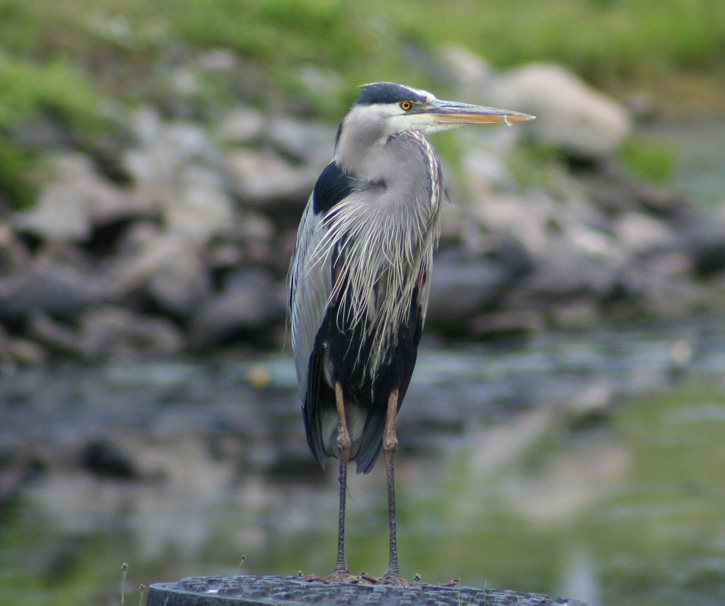
Great Blue Heron © Steven Brasier
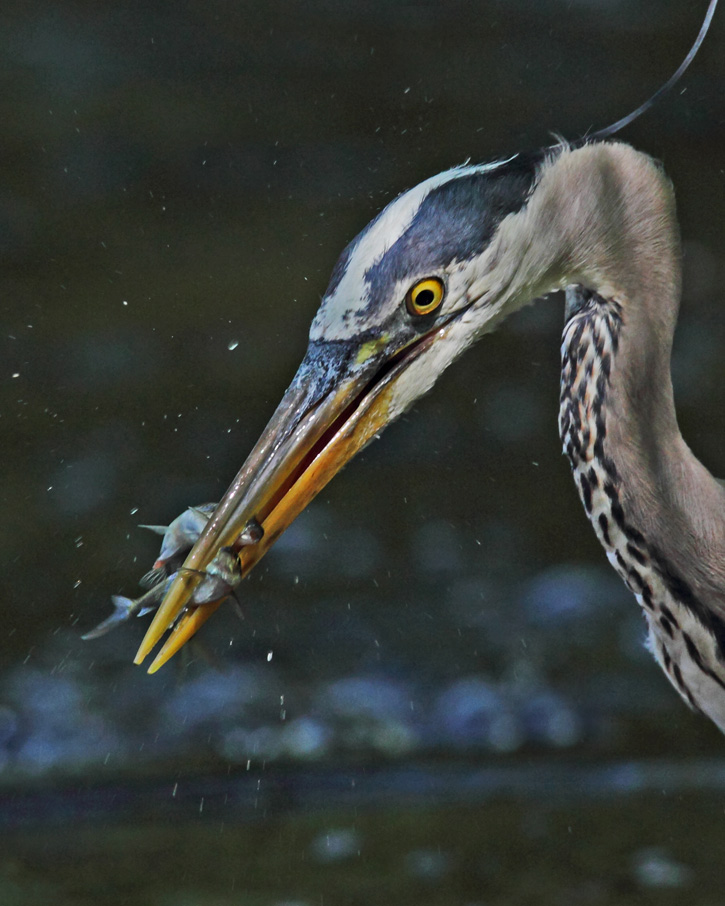
Great Blue Heron © Brooks Mathewson
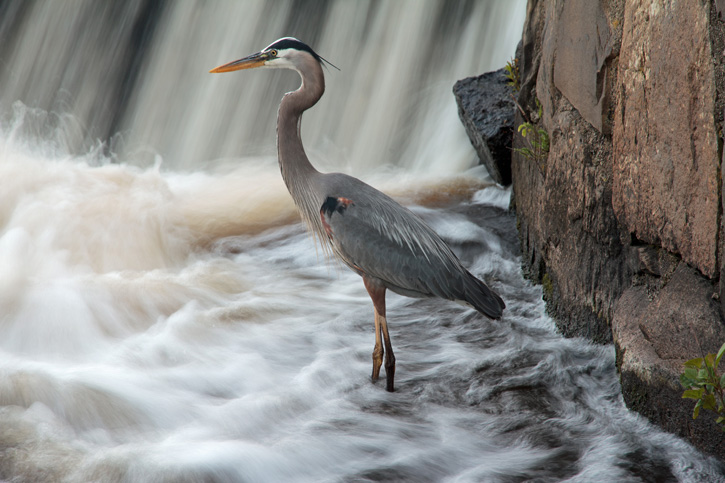
Great Blue Heron © John Elliott
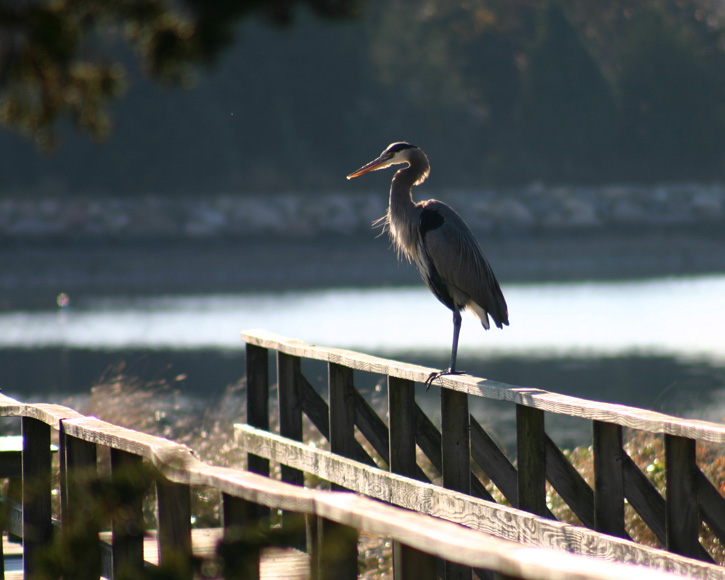
Great Blue Heron © Pat Ramey
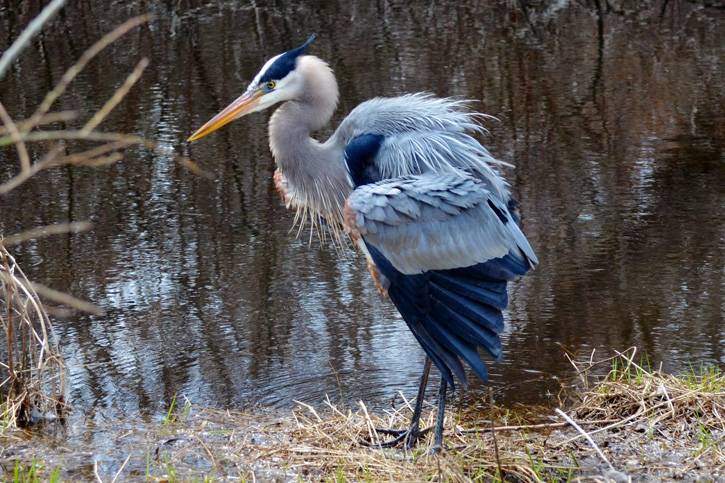
Great Blue Heron © Jean Joyce


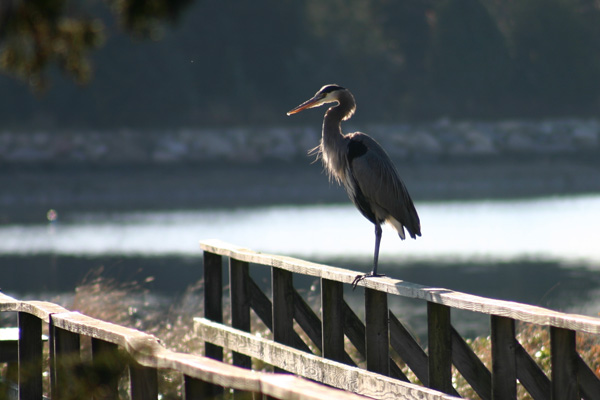
I am wondering where all the great blue herons are nesting this year? The regular rookery area at Arcadia is not active. I saw 4 nests, 2 old winter beaten ones, and maybe one tnat hasmore recently added sticks and the 4th too far away to see details. One active bald eagle nest with juvenile eaglet.
What has driven them off? Great horned owl? They have been able to co-exist with 2 active eagle nests there is the past.
Thanks for any info.
Great photos!
I’d love to know where they were taken.